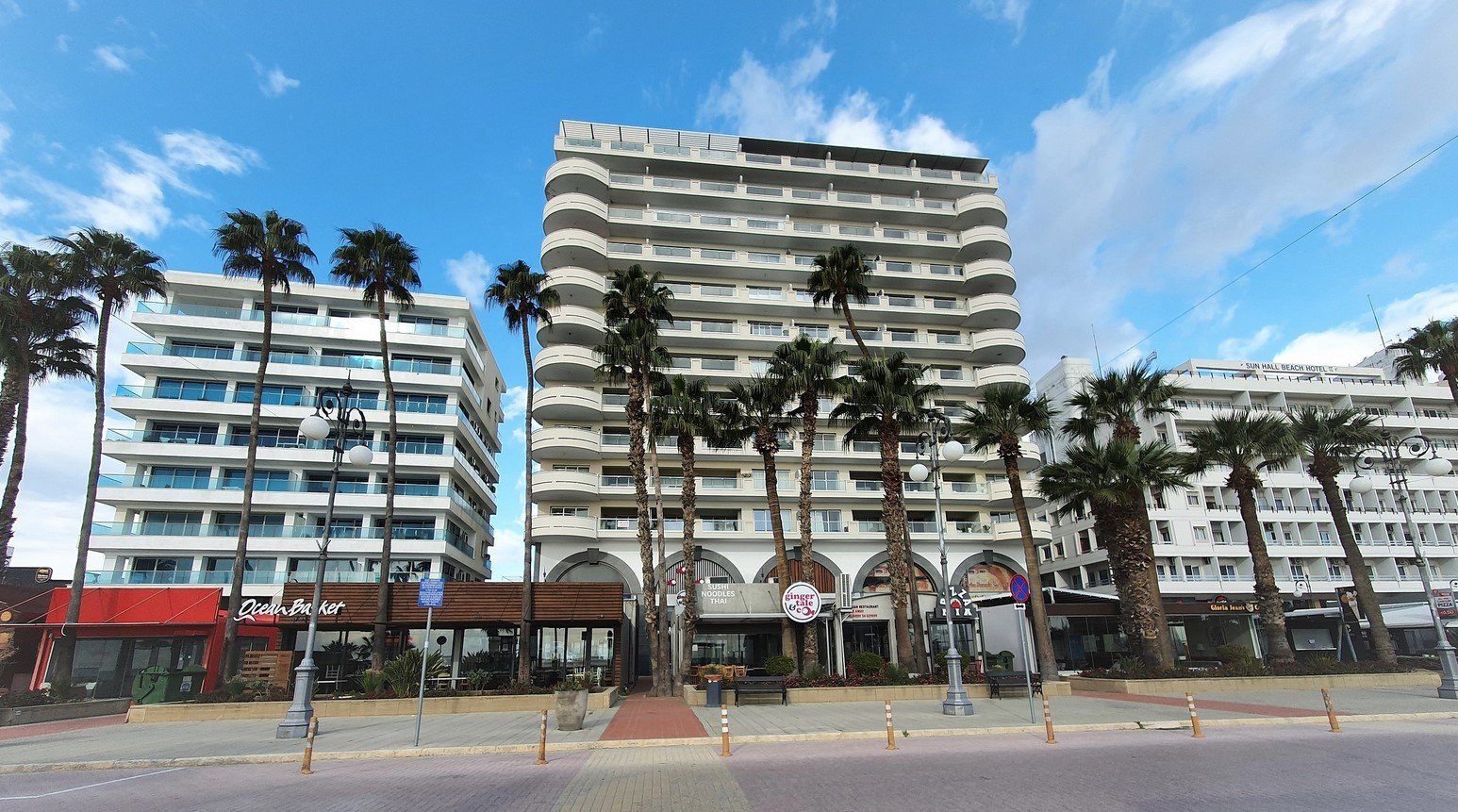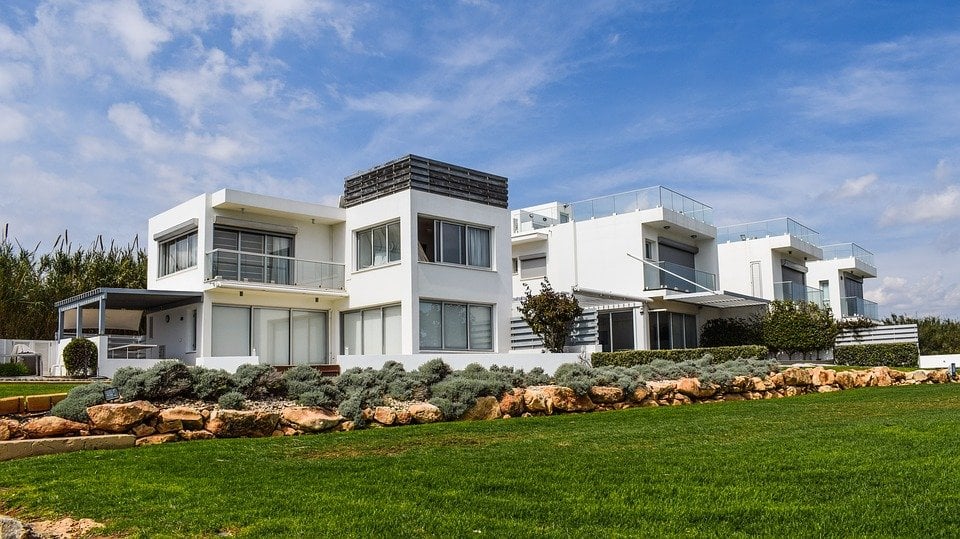Cypriot tech firm maps out fire hazard areas in Larnaca
Cypriot tech-driven analytics firm Ask Wire on Monday released a comprehensive assessment of fire risk in the Larnaca District, highlighting the distribution of properties within various fire hazard zones. The analysis, covering Larnaca’s 1,12

Cypriot tech-driven analytics firm Ask Wire on Monday released a comprehensive assessment of fire risk in the Larnaca District, highlighting the distribution of properties within various fire hazard zones.
The analysis, covering Larnaca’s 1,120.10 square kilometre area, revealed that the district faces a relatively low fire risk, with 45 per cent of its territory classified as low risk.
The fire risk zones are categorised into four levels. These are designated as low risk, covering 45 per cent of the district; medium risk, with 33 per cent of the district; high risk, representing 13 per cent of the district; and very high risk, accounting for 8 per cent of the district.
According to the analysis, high and very high-risk areas are primarily located in the western part of the district, characterised by higher elevations and forested regions.
“These areas encompass the villages of Odou, Agioi Vavatsinias, Melini, and Vavatsinia. In 2021, these regions were severely affected by deadly fires that resulted in four fatalities and extensive environmental damage, destroying homes and crops,” the company said.
“Conversely, the southern part of the district, including Larnaca Airport and the city of Larnaca, is deemed low risk,” it added.
The company also said that the Larnaca district houses a total of 54,102 buildings, predominantly residential, with most situated in low-risk areas.
Specifically, 79 per cent of all buildings are in low-risk zones. The data also indicates that 80 per cent of the buildings, regardless of type, are one or two storeys high.
“While no building can be completely shielded from fire risk, single or double-storey structures may offer certain advantages in terms of evacuation, fire spread control, firefighting access, and structural resilience,’ the company said in its analysis.
Meanwhile, Ask Wire CEO Pavlos Loizou said that “the findings are undeniably significant,” while at the same time noting that “they highlight the importance of taking preventive measures based on the characteristics and fire risk exposure of properties to strengthen local communities”.
What is more, Loizou also explained that detailed data analysis, such as the one released by the firm today, provides insurance companies with critical insights into building resilience against fires and other risks.
“This capability directly supports risk management departments, enabling them to more accurately assess potential damages and develop risk mitigation strategies,” the chief executive officer said.
“Additionally, this capability aids compliance as more accurate risk data allow insurers to price premiums with greater transparency, meeting stringent compliance requirements,” he concluded.
Related
Share this page
Guest Posts by Easy Branches

































